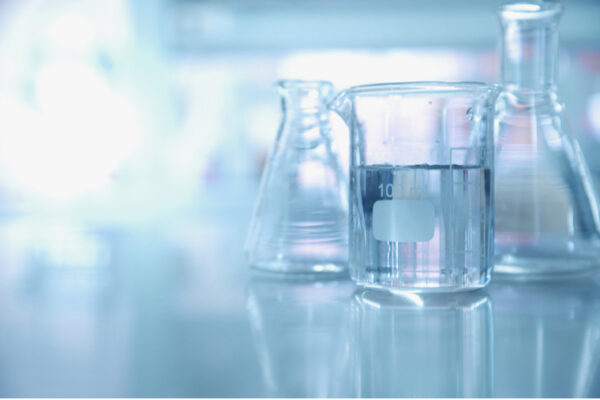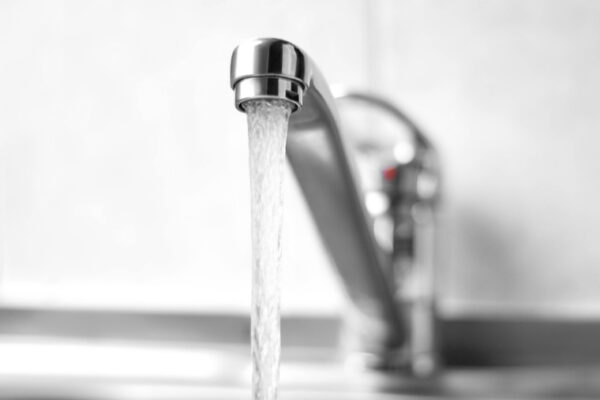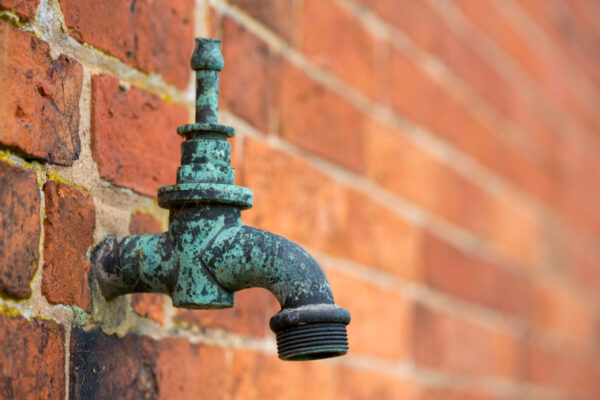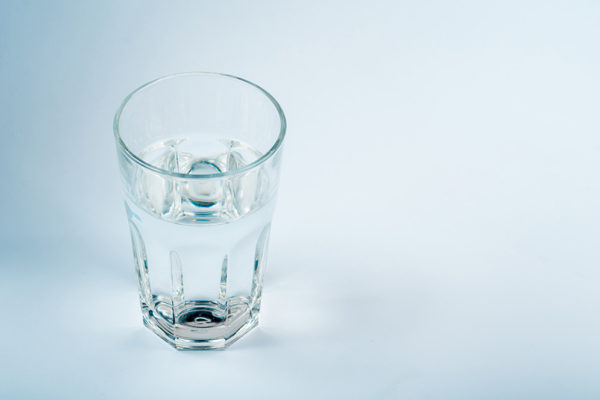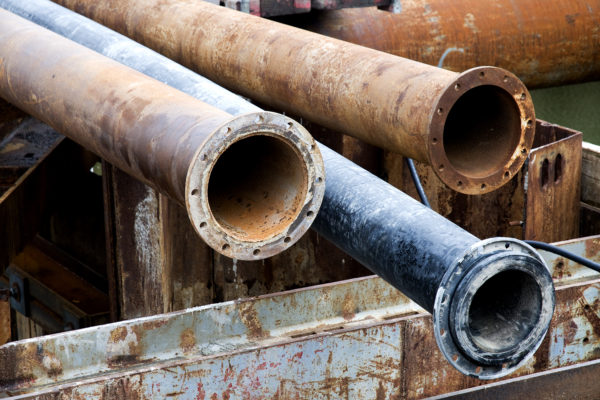Aluminum may affect lead levels in drinking water
Until recently, researchers have not inspected the interplay between three common chemicals found in drinking water. Research from the McKelvey School of Engineering at Washington University in St. Louis has found they all affect each other and a closer look is needed.
Keeping lead out of drinking water when switching disinfectants
Researchers at the McKelvey School of Engineering at Washington University in St. Louis found that the hazards of switching disinfectants in water systems — increased lead levels — can be mitigated if the change is done correctly.
Lots of lead in the water? Maybe manganese is to blame
In the right environment, a harmless mineral can do a lot to change the composition of the drinking water that flows through lead pipes. New research from the McKelvey School of Engineering discovers how.
Cleaning chromium from drinking water
An engineer at Washington University in St. Louis has found a new way to neutralize the dangerous chemical chromium-6 in drinking water, making it safer for human consumption.
Washington University researchers awarded $229K to study lead pipe corrosion
The National Science Foundation, along with the Water Research Foundation, has awarded a pair of Washington University in St. Louis researchers $229,000 in grants to study ways to best control lead pipe corrosion, which can poison drinking water. Daniel Giammar, the Walter E. Browne Professor of Environmental Engineering in the School of Engineering & Applied […]
Lead levels in drinking water spike when copper and lead pipes joined
Lead pipes once used routinely in municipal water distribution systems are a well-recognized source of dangerous lead contamination, but new research from Washington University in St. Louis suggests that the partial replacement of these pipes can make the problem worse. The research shows that joining old lead pipes with new copper lines using brass fittings spurs galvanic corrosion that can dramatically increase the amount of lead released into drinking water supplies.
